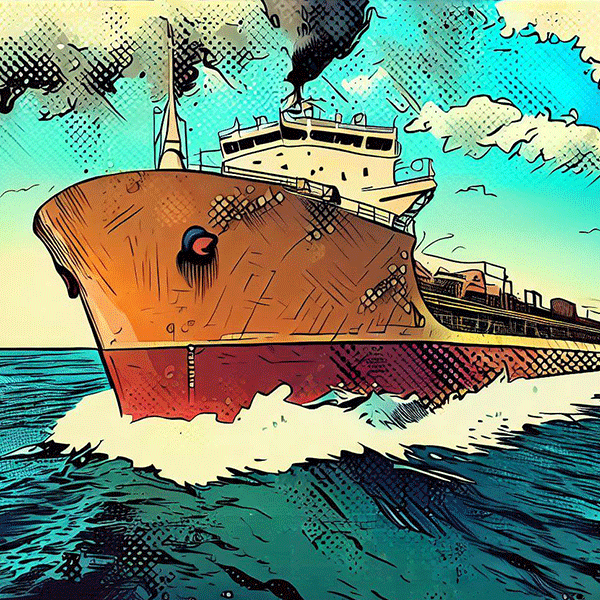What is Buoyancy?
Buoyancy is like a secret underwater power that helps things float in liquids and gases (like water and air). It’s like an invisible superhero cape that stops you from sinking to the bottom when you’re swimming.
How Does Buoyancy Work?
Imagine playing with a beach ball in a swimming pool. If you push the beach ball under the water and let go, it shoots right back up to the surface, doesn’t it? That’s buoyancy in action!
When you push the ball underwater, it moves some water out of its way (or displaces it) to make space for itself. The water, not liking being pushed around, pushes back. This push-back force is what we call buoyancy.
The rule of buoyancy is simple: if something is less dense (not as packed or heavy for its size) than the liquid or gas it’s in, it floats. If it’s more dense, it sinks. That’s why a small heavy rock will sink in a pond, but a huge ship that weighs tons can float!
Why Do We Float?
We humans are mostly made of water. And water is really good at floating in… more water! Our bodies also have air-filled spaces like our lungs, which help us float even better. So, when you lay back in a pool and float, you’re showing off your natural buoyancy superpower!
Buoyancy in Everyday Life
Buoyancy isn’t just about floating in the pool or playing with beach balls; it’s part of our everyday lives! Here are some cool examples:
- Ships and Boats: Even though they’re made of heavy metal, ships and boats float because they’re designed with a large space that pushes enough water aside. The overall density of the ship (including the air-filled parts) becomes less than the water it pushes aside, creating enough buoyancy to keep them sailing.
- Hot Air Balloons: Hot air balloons float because hot air is lighter than cold air. When the air inside the balloon is heated, it expands, making the balloon less dense than the cooler air outside. The push from the cooler air is what makes the hot air balloon rise.
- Fish and Submarines: Fish can float up or down in the water by changing the amount of gas in an organ called a swim bladder. This changes their density. Submarines work in a similar way by adjusting the amount of water in their tanks.
- Icebergs: Ever wondered why ice floats on water? It’s because ice is less dense than water. Even though an iceberg might be huge, the water it pushes aside weighs more than it does, causing it to float.
- Life Jackets: Life jackets help us float by making us bigger without adding much weight, which makes us less dense overall. The large size of the life jacket pushes more water aside, creating a bigger buoyant force that keeps us floating at the surface.

Be a Buoyancy Detective!
Now that you know about buoyancy, you can spot it happening all around you. Whether you’re in the bath, at a lake, or even watching ice cubes float in a glass of lemonade, try to figure out why things float or sink. You’ll be a buoyancy detective! Who knows what amazing things you’ll discover?
